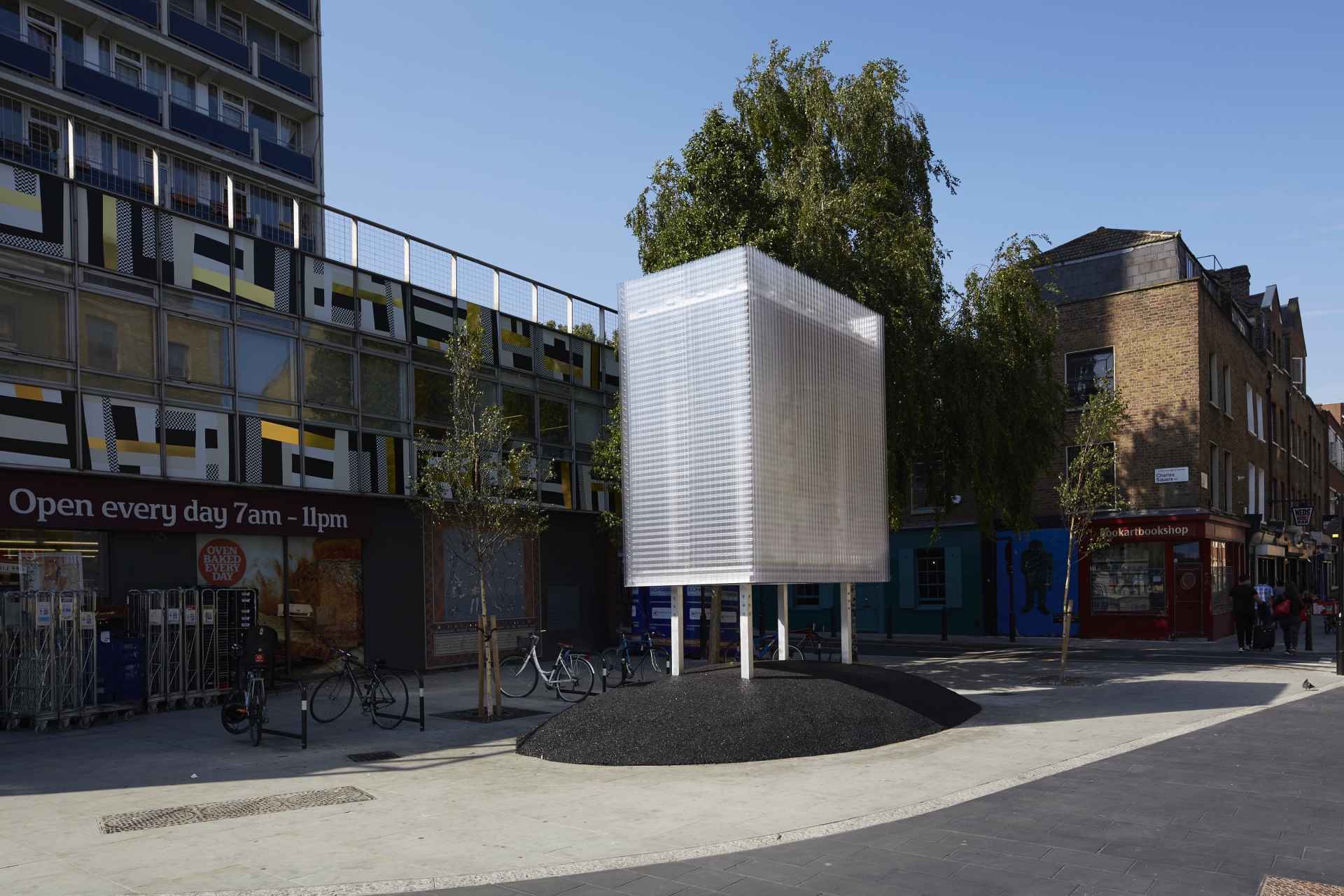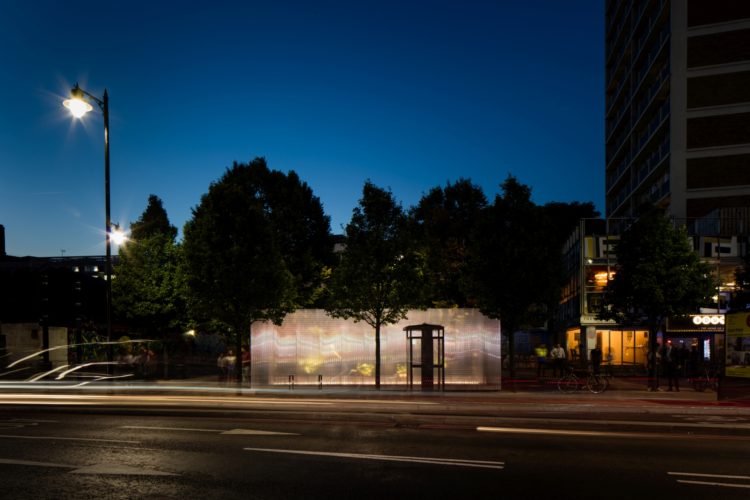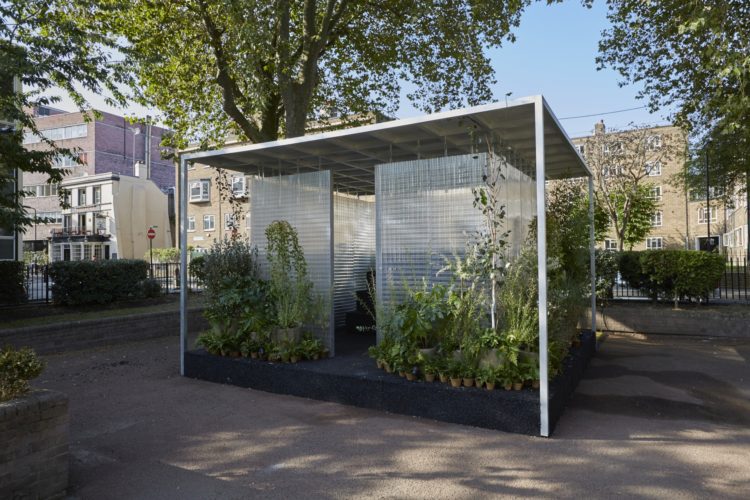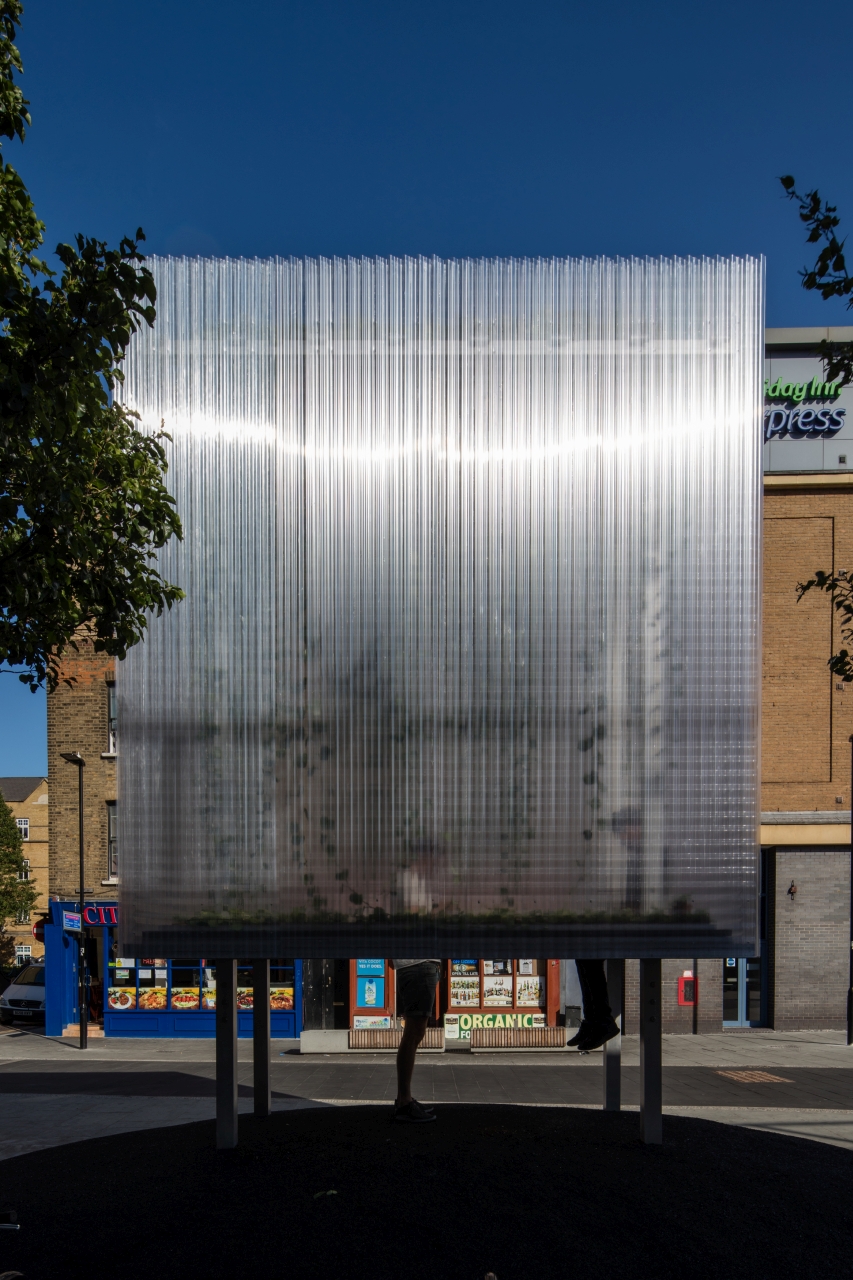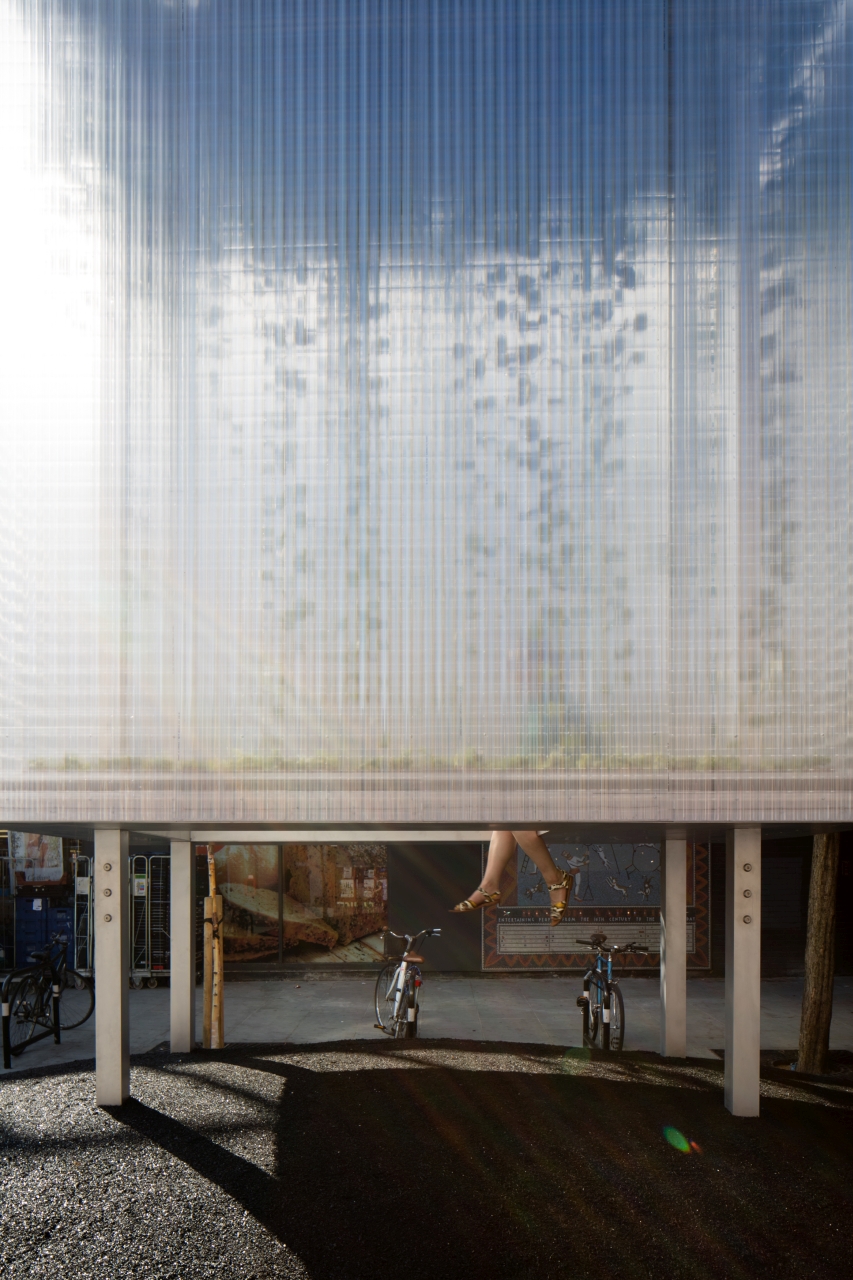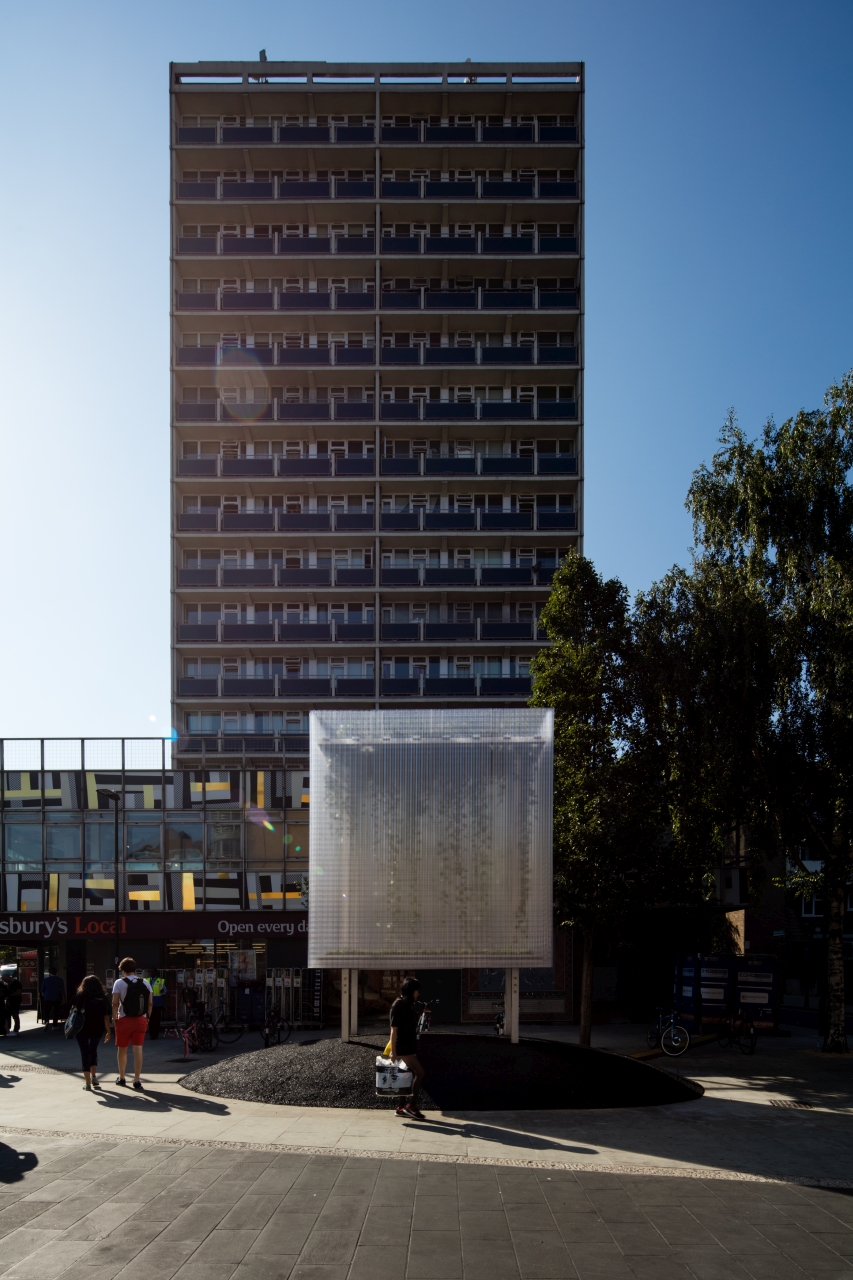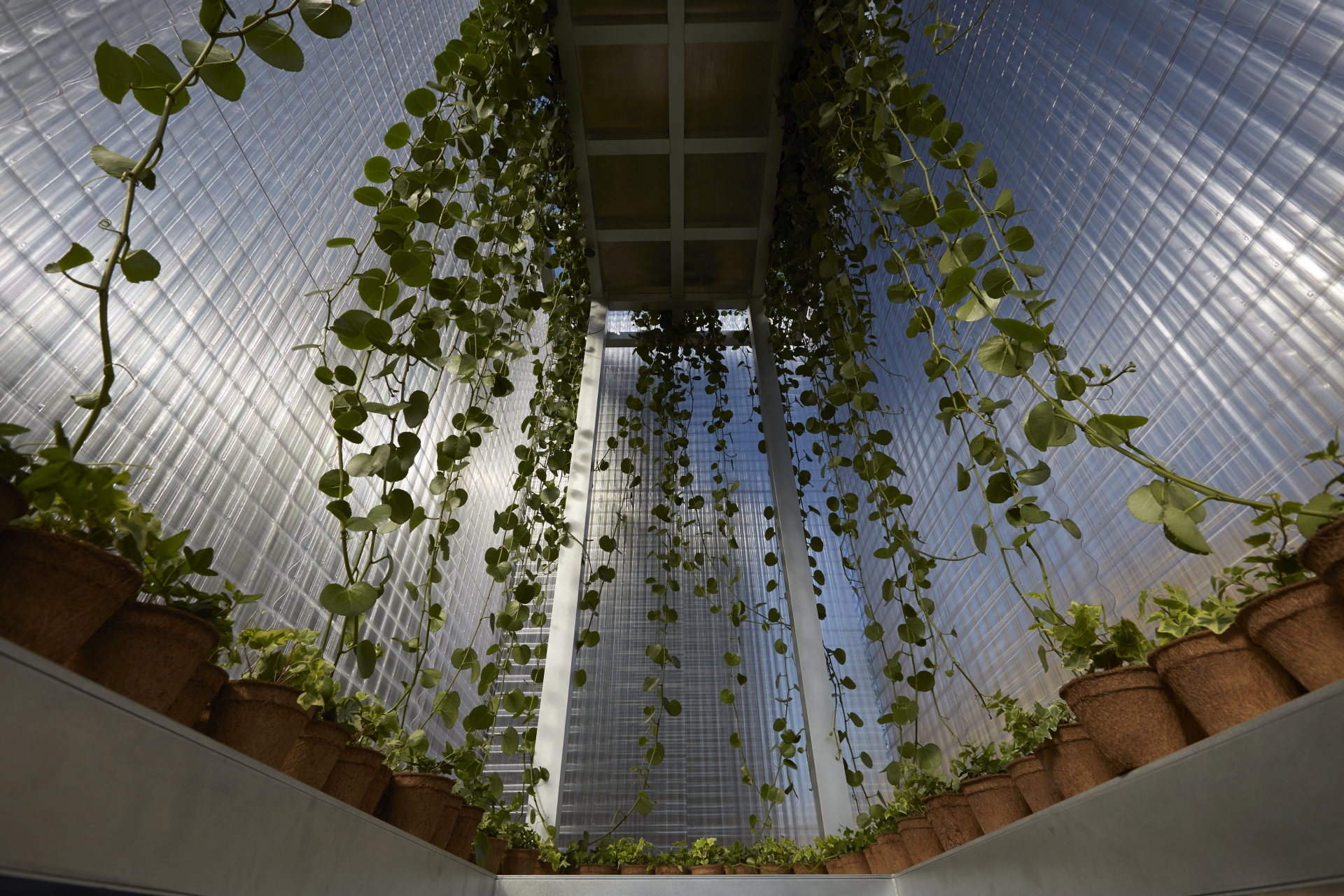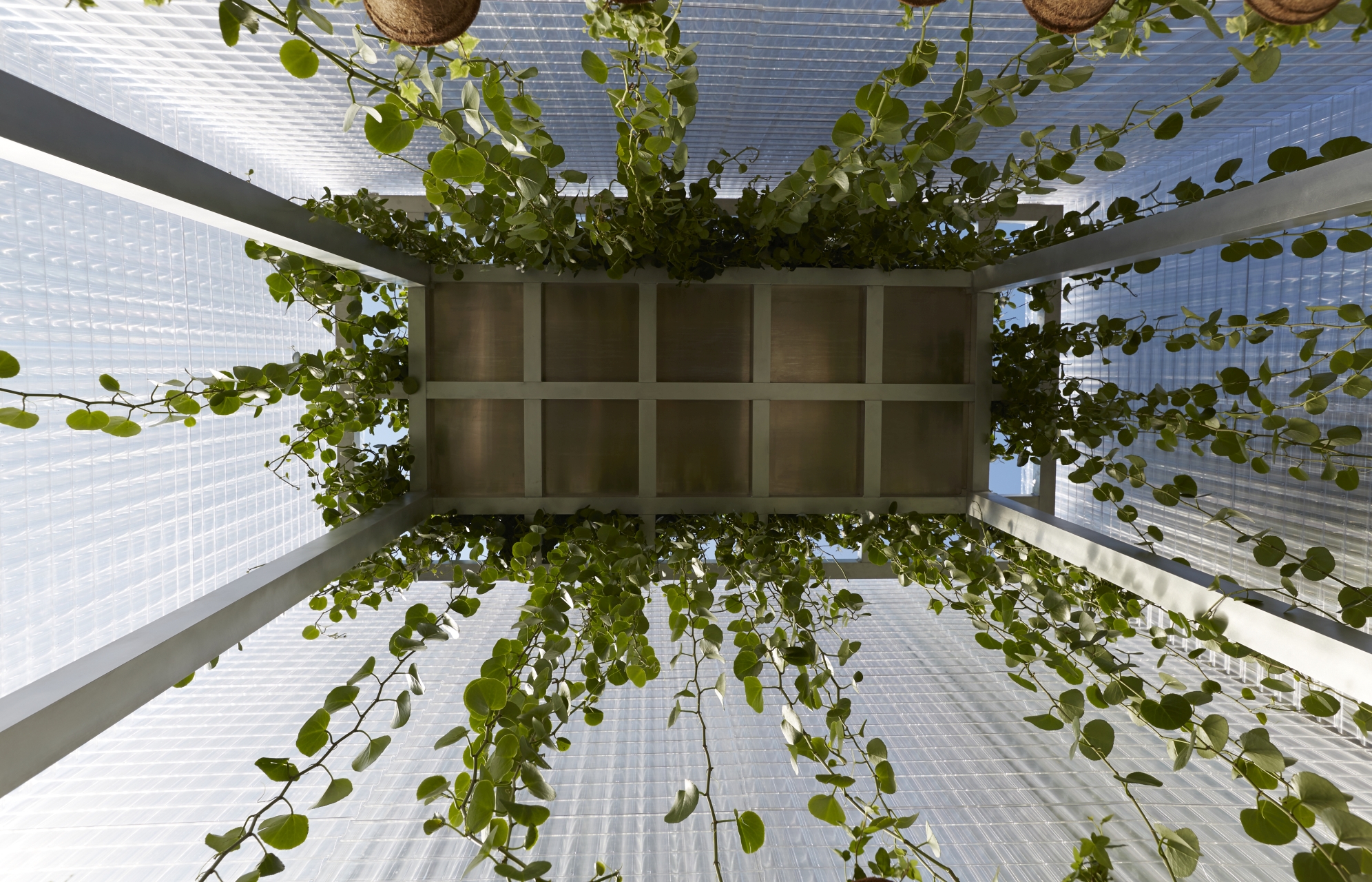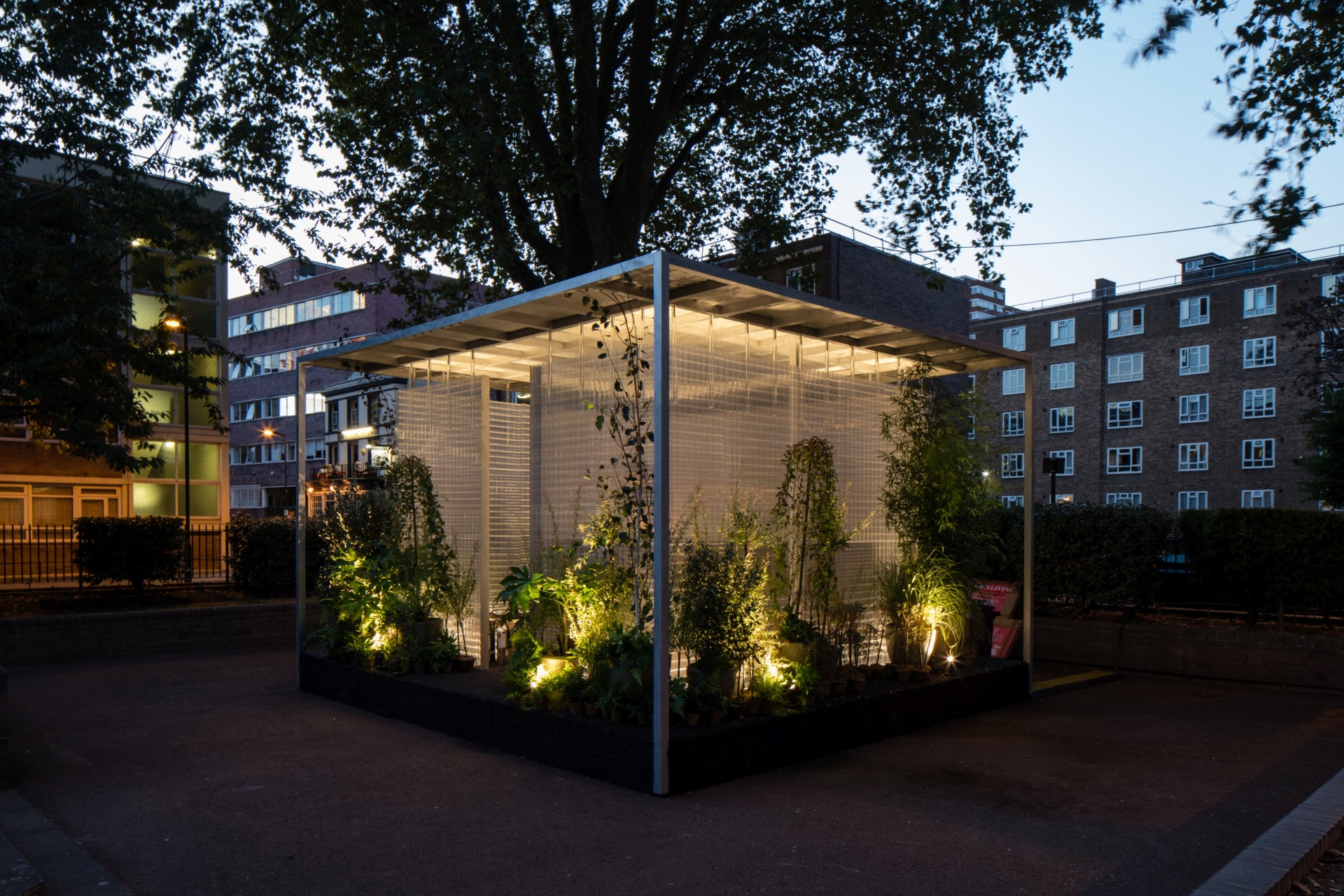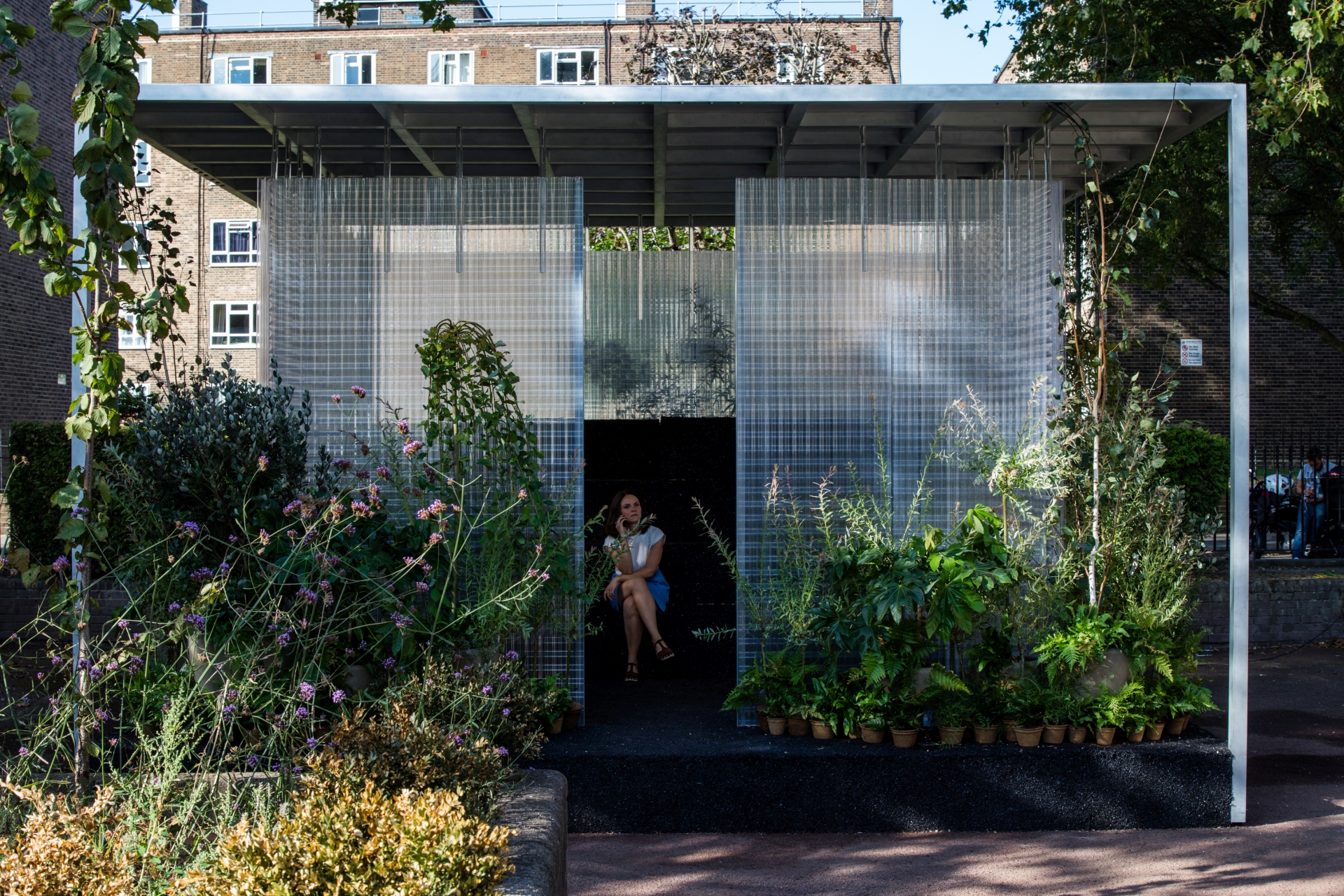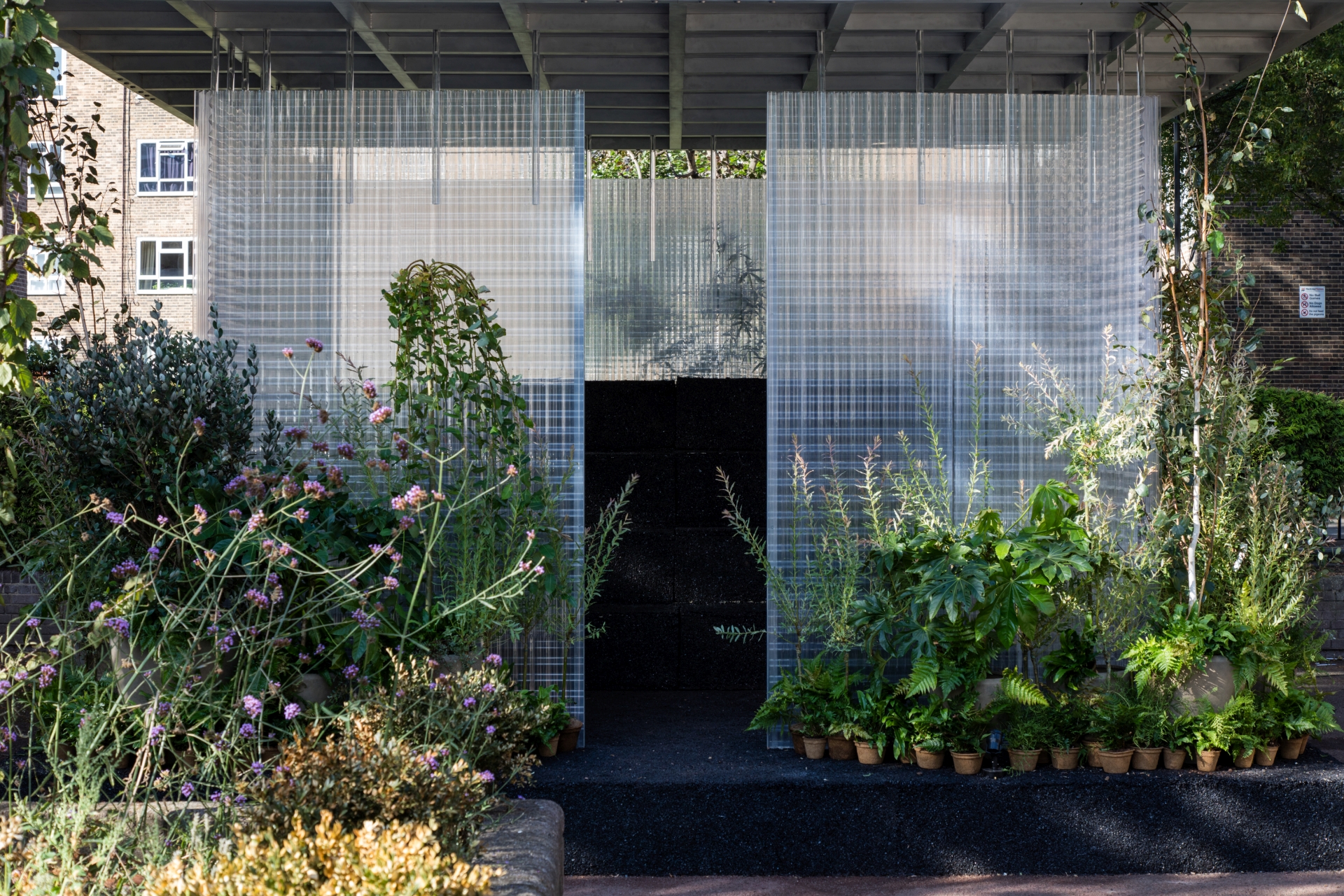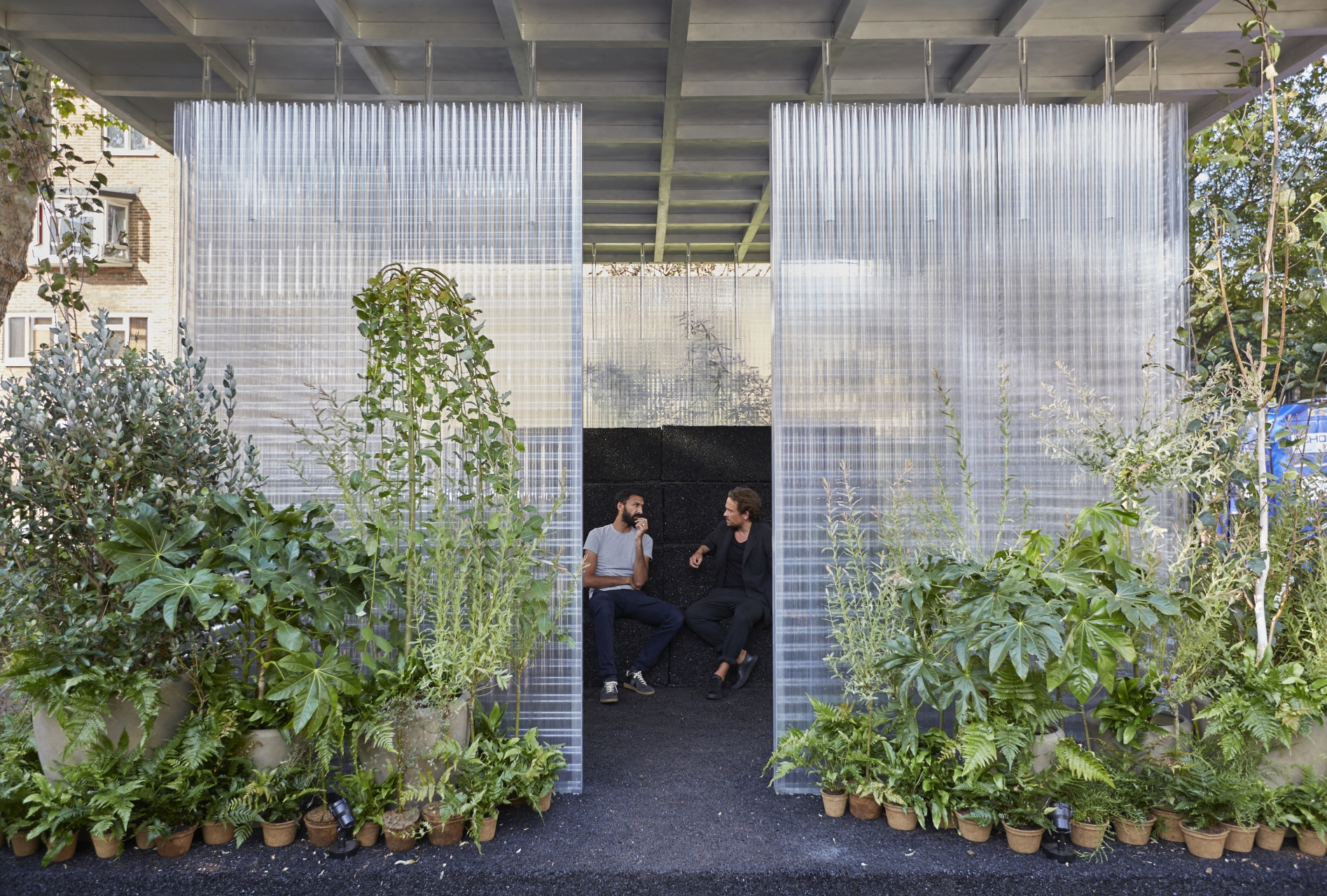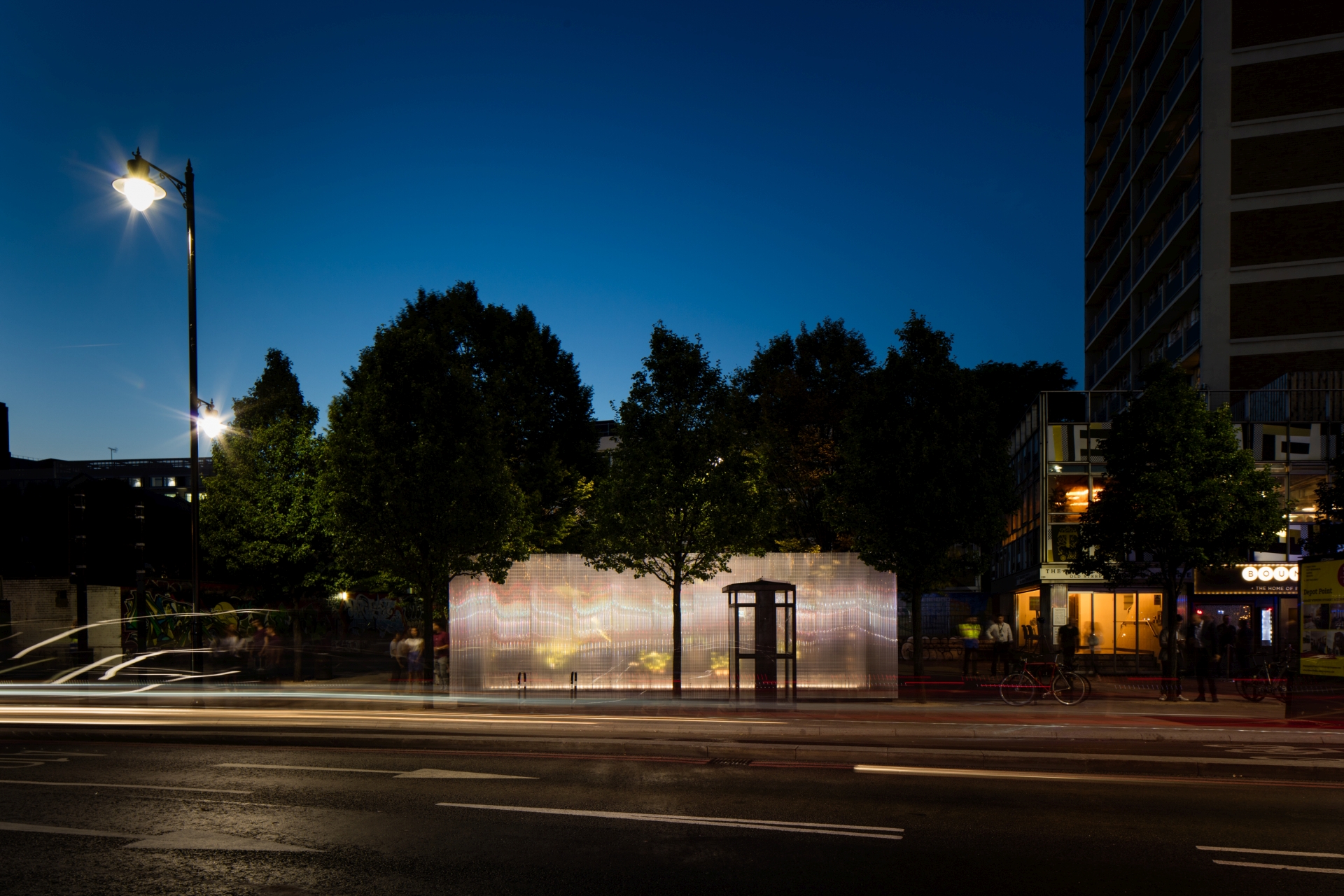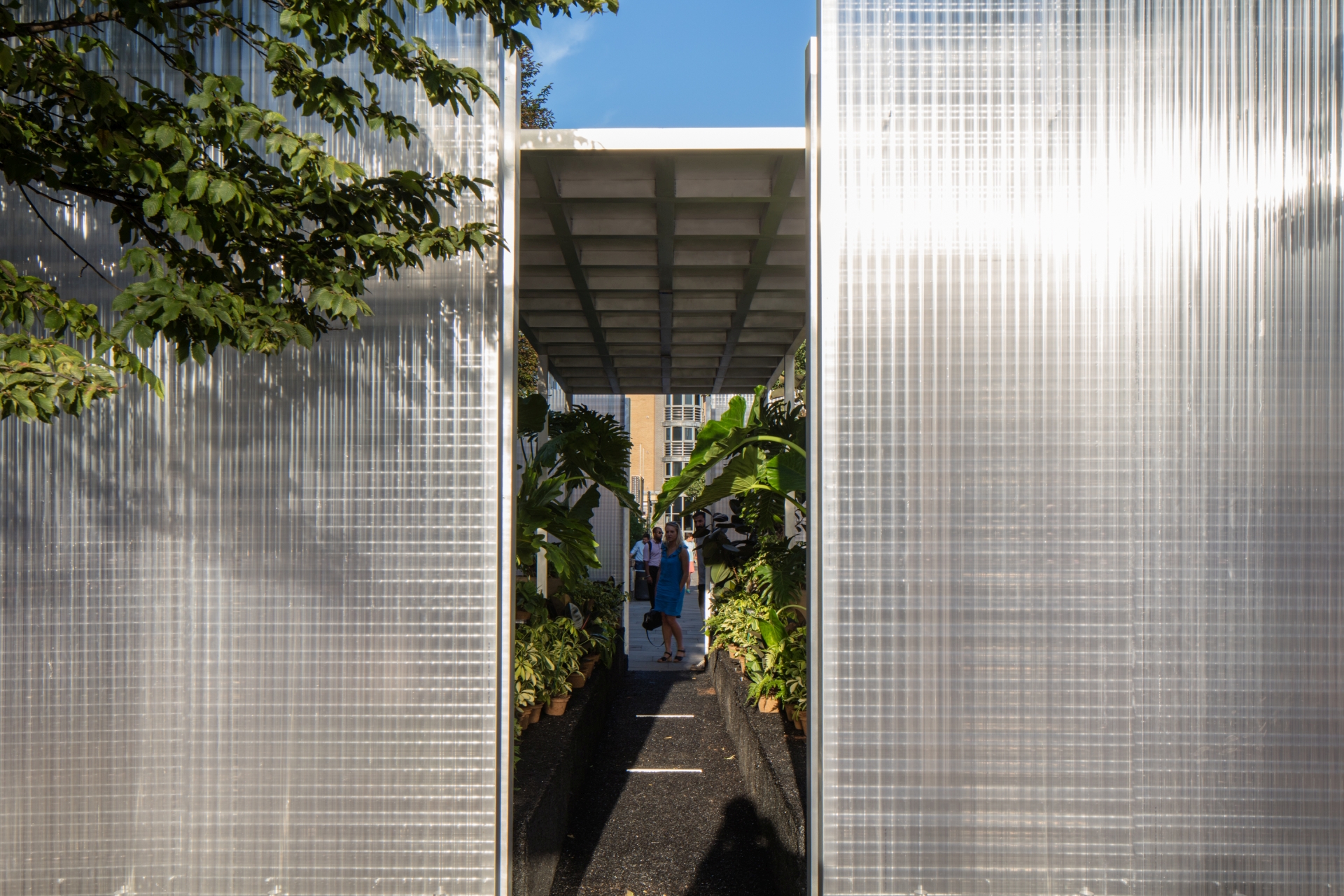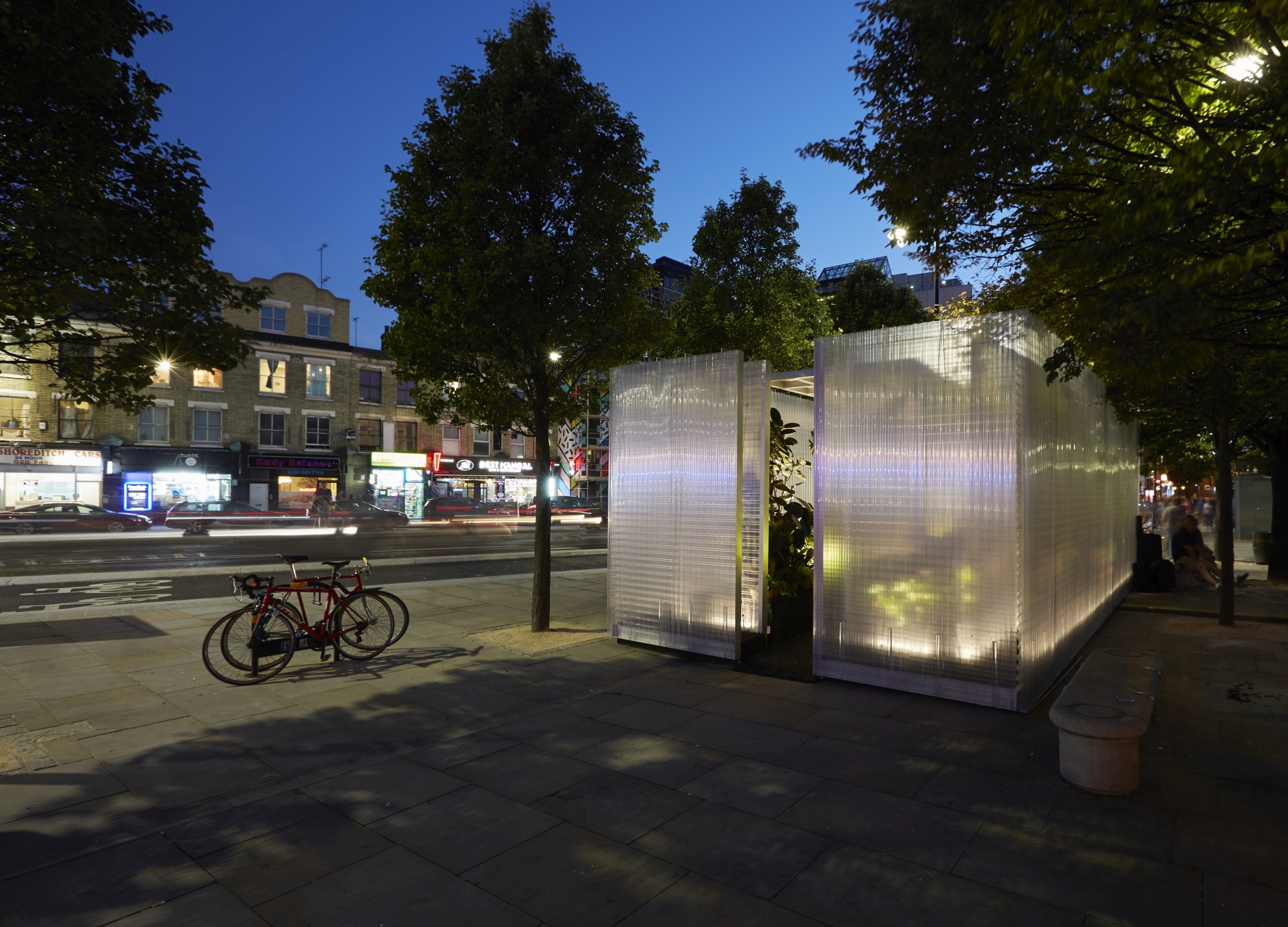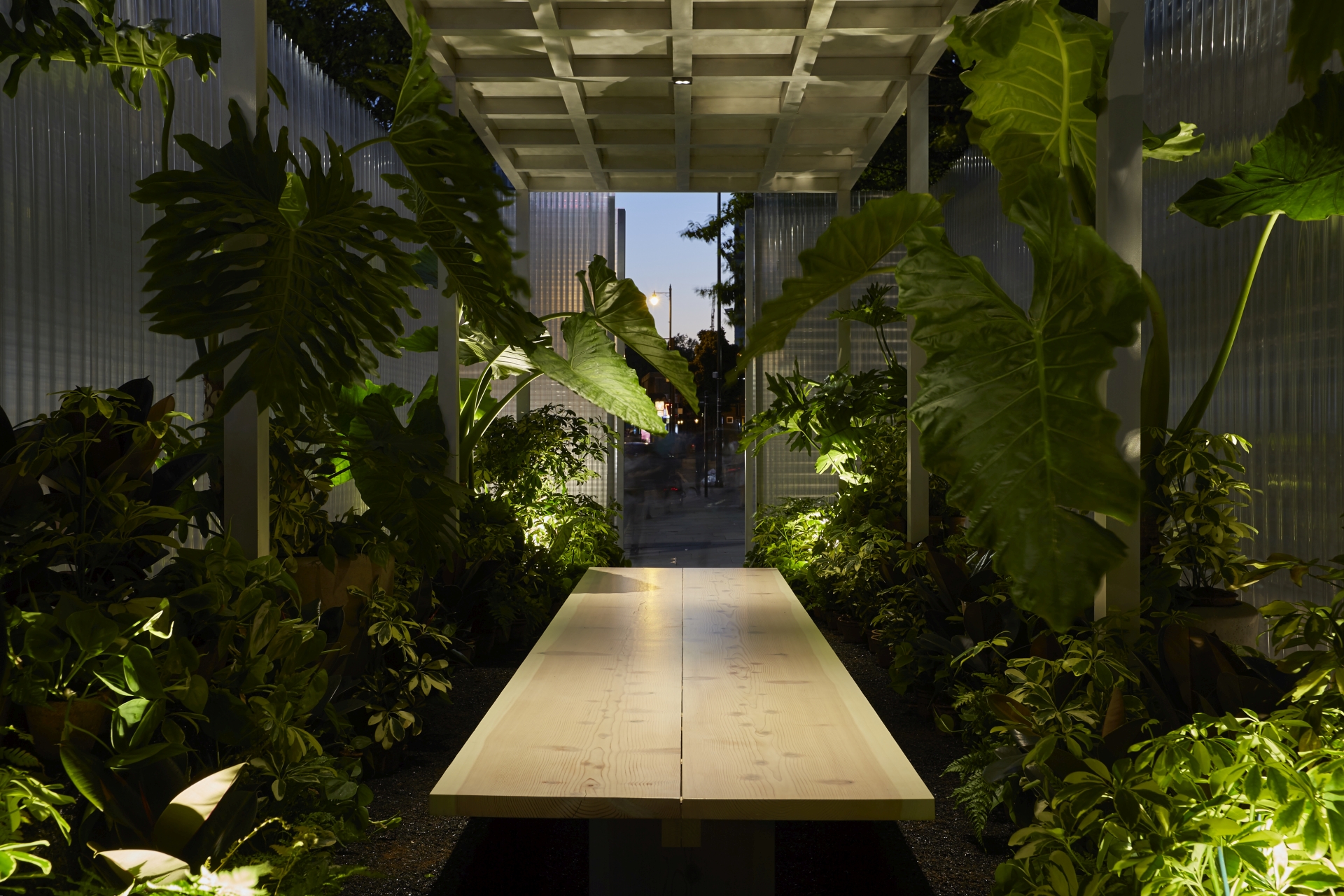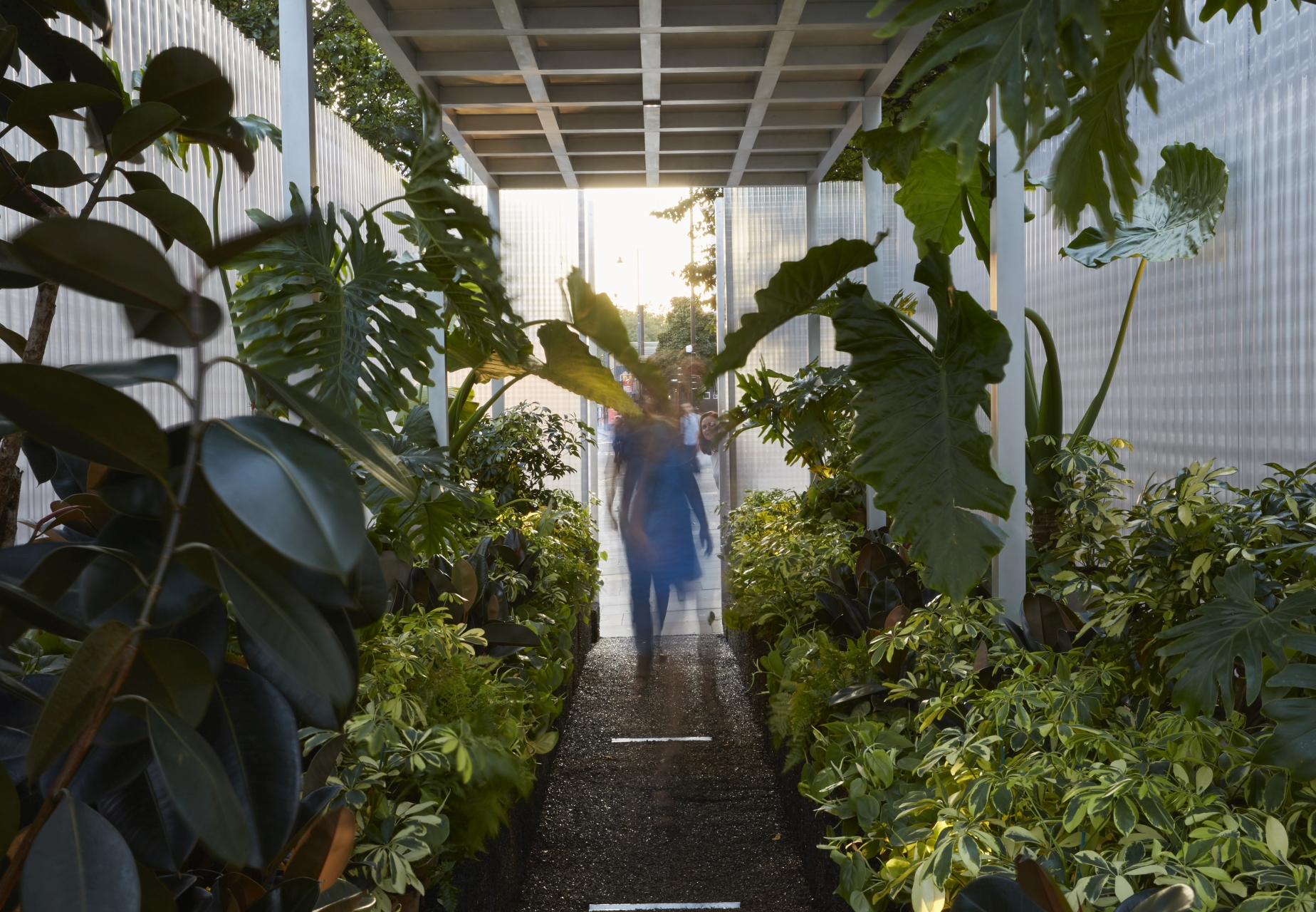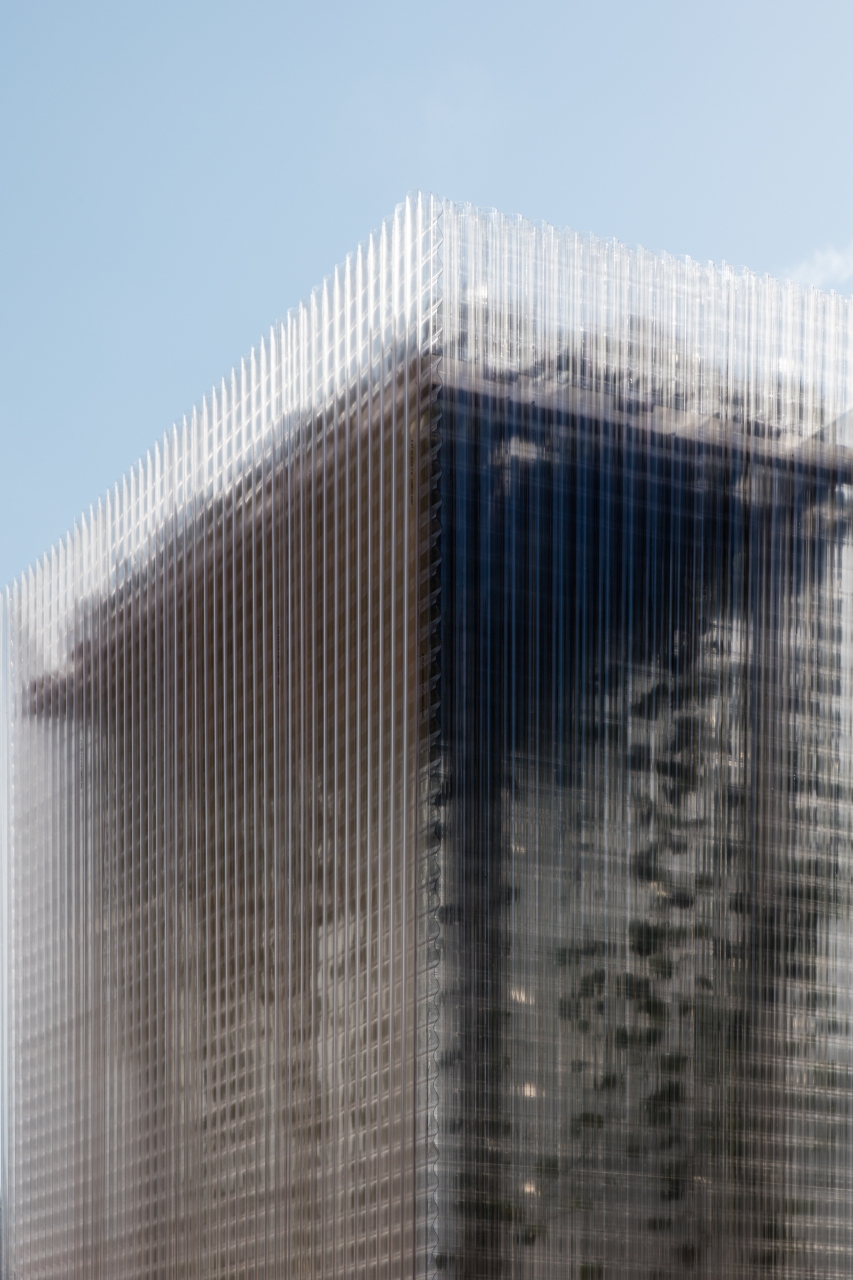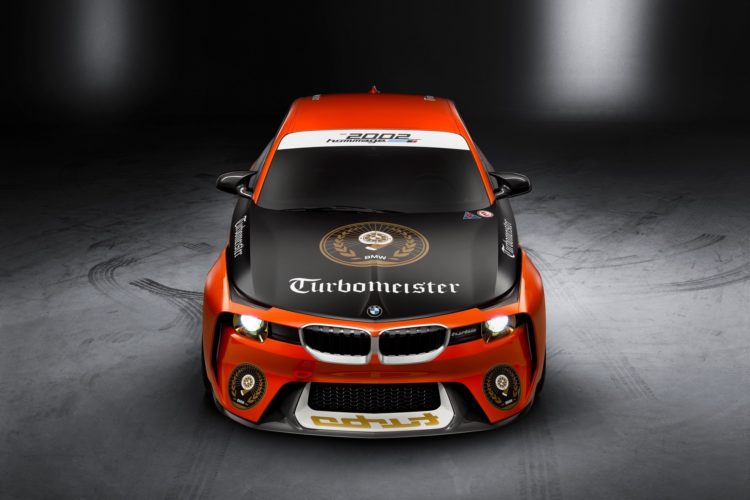Due to the crowded cities we live in today, affordable places to live in, especially within big metropolitan areas like New York or London, are hard to come by. This is what MINI focused on for this year’s London Design Festival, bringing out the MINI LIVING Forests installation, thanks to Architect/Designer Asif Khan. The installation will be open to the public and available for use during the London Design Festival (17 – 25 September).
House/flat shares or one-bedroom apartments often barely offer enough room for our everyday needs. At the same time, much of the workforce is undergoing a period of change, as workplaces go mobile and self-employment blooms. These developments have led to “third places” – those that lie between work and home – growing in importance. Asif Khan’s creation, MINI LIVING “Forests” explores three interpretations of these “spaces between spaces”. They are each designed to encourage specific uses: relaxation, getting together or productivity. The design of the three spaces uses plants to improve city living.
“As an urban brand, MINI is well aware of the challenges affecting cities and of the complex ways in which mobility, architecture and the people who live in cities interact,” explains Esther Bahne, Head of Brand Strategy and Business Innovation at MINI. “The MINI LIVING ‘Forests’ installation reflects our understanding of the ‘creative use of space’ when it comes to shared urban areas. And it sees us continuing the conversation on future city living which we started with the ‘MINI LIVING – Do Disturb’ installation at this year’s Salone del Mobile in Milan.”
Third places already provide important contact points in our modern urban society. They are places where we meet and relax or places offering certain services, which are generally privately owned and food/drink-related. Freelancers, for example, often use cafés as offices and restaurants as meeting rooms.
At the London Design Festival, MINI and Asif Khan are putting forward an alternative approach to third places as we currently know them, creating spaces which can be accessed by the public, used as desired by each visitor and tailored to the needs of our urban society. What makes this fascinating is their focus on “activating” potential spaces in the city, at the same time as offering its population new ways to use them.
“Increasing urban density around the world requires us to find new creative avenues for utilizing the space we have and the potential it offers,” says Oke Hauser, Creative Lead for MINI LIVING. “The invigoration of our public spaces and the way they link in with our private spheres provide particularly broad scope for re-thinking our cities and our approach to urban planning.”
The installation is made up of three rooms, the Connect Space, Create Space and Relax Space. The Connect Space is a place for meeting up and catching up – spontaneously or pre-planned. A large table forms the centerpiece of the room, which can be used as an evening dining area, for example. The plants both allow visitors to immerse themselves deeply in the forest ambience and play their part in an extremely intense communication experience.
The Create Space offers the best possible ambience in which to focus on work; it represents an island of creativity and productivity. The flexible arrangement of furnishings inside means the space can be used in a variety of ways. One wall reveals a terraced landscape, providing the ideal backdrop for pitches and presentations, for example. At the same time, the Relax Space welcomes visitors with an abundance of plants. If offers space in which to take a step back, switch off from the hectic nature of everyday life and relax.
If you happen to be in London during the Design Week, you can check all of them out at Vince Court, N1 6EA, Charles Square Gardens, N1 6HS or Corner of Pitfield Street and Charles Square, EC1V 9EY.


